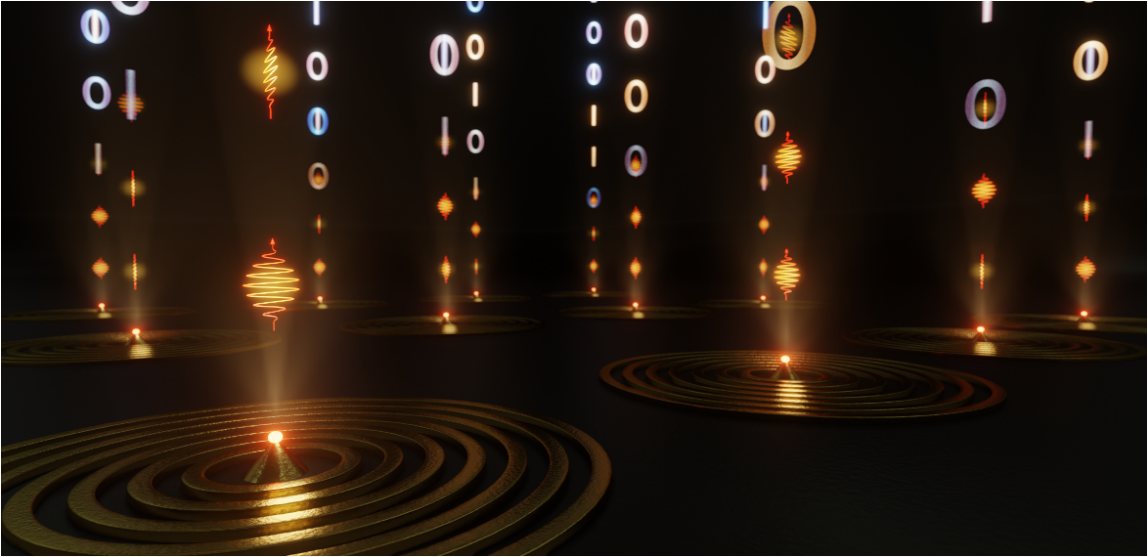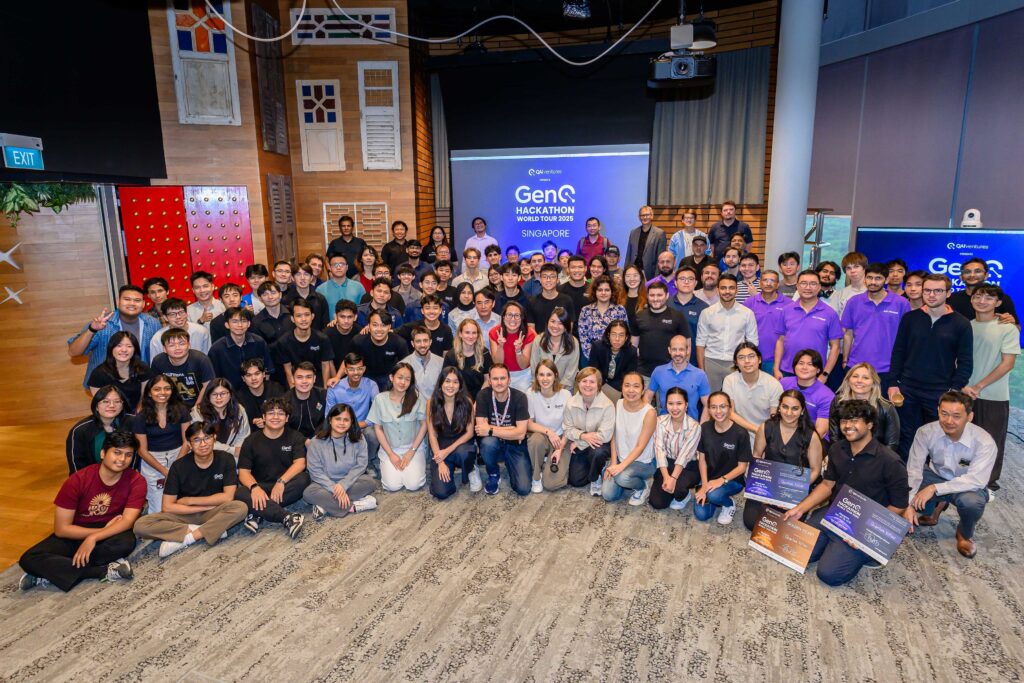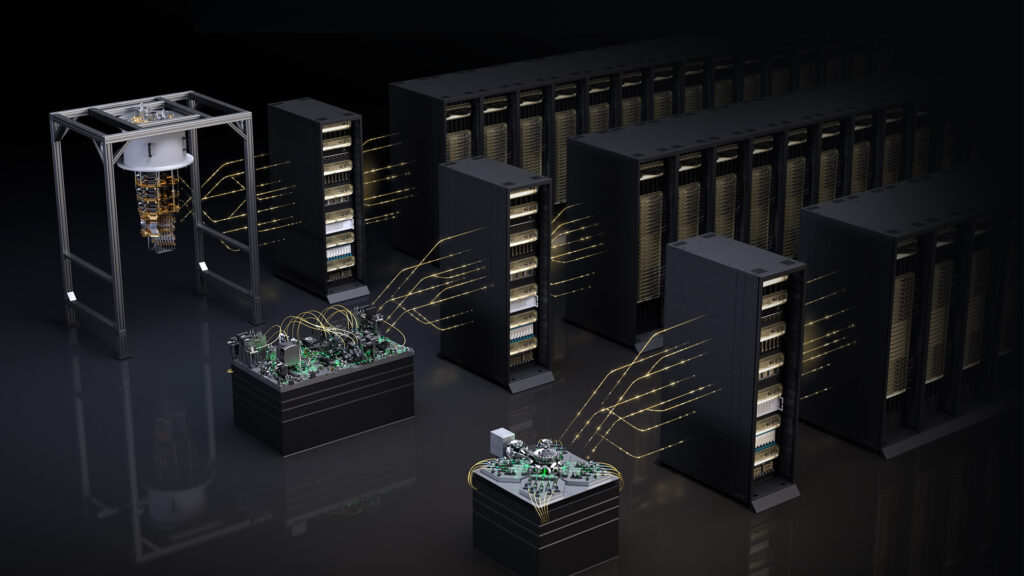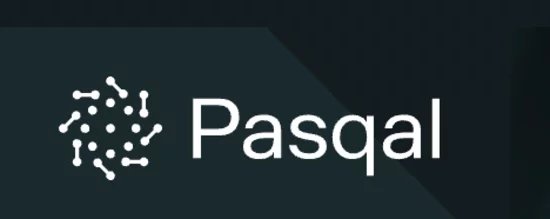Insider Brief
- Physicists at the Hebrew University of Jerusalem, in collaboration with Los Alamos National Laboratory, developed new protocols that allow secure quantum communication without requiring flawless single-photon sources, according to PRX Quantum.
- The team introduced truncated decoy state and heralded purification protocols, which enhance security and extend transmission distance using imperfect quantum dot photon sources.
- Laboratory tests showed their methods outperform traditional laser-based approaches, marking a step toward practical and affordable quantum-secure communication networks.
- Image: Quantum cryptography with quantum dot based compact and high rate single photon nano-devices | Credit: Lars Luder
PRESS RELEASE — A team of physicists at the Hebrew University of Jerusalem has made an advance that could bring secure quantum communication closer to everyday use — without needing flawless hardware.
The research, led by PhD students Yuval Bloom and Yoad Ordan, under the guidance of Professor Ronen Rapaport from the Racah Institute of Physics at Hebrew University in collaboration with researchers from Los-Alamos National Labs, and published in PRX Quantum, introduces a new practical approach that significantly improve how we send quantum encrypted information using light particles — even when using imperfect equipment.
Cracking a 40-Year-Old Challenge in Quantum Communication
For four decades, the holy grail of quantum key distribution (QKD) — the science of creating unbreakable encryption using quantum mechanics — has hinged on one elusive requirement: perfectly engineered single-photon sources. These are tiny light sources that can emit one particle of light (photon) at a time. But in practice, building such devices with absolute precision has proven extremely difficult and expensive.

To work around that, the field has relied heavily on lasers, which are easier to produce but not ideal. These lasers send faint pulses of light that contain a small, but unpredictable, number of photons — a compromise that limits both security and the distance over which data can be safely transmitted, as a smart eavesdropper can “steal” the information bits that are encoded simultaneously on more than one photon.
A Better Way with Imperfect Tools
Bloom, Ordan, and their team flipped the script. Instead of waiting for perfect photon sources, they developed two new protocols that work with what we have now — sub-Poissonian photon sources based on quantum dots, which are tiny semiconductor particles that behave like artificial atoms.
By dynamically engineering the optical behavior of these quantum dots and pairing them with nanoantennas, the team was able to tweak how the photons are emitted. This fine-tuning allowed them to suggest and demonstrate two advanced encryption strategies:
- A truncated decoy state protocol: A new version of a widely used quantum encryption approach, tailored for imperfect single photon sources, that weeds out potential hacking attempts due to multi-photon events.
- A heralded purification protocol: A new method that dramatically improves signal security by “filtering” the excess photons in real time, ensuring that only true single photon bits are recorded.
In simulations and lab experiments, these techniques outperformed even the best versions of traditional laser-based QKD methods — extending the distance over which a secure key can be exchanged by more than 3 decibels, a substantial leap in the field.
A Real-World Test and a Step Toward Practical Quantum Networks
To prove it wasn’t just theory, the team built a real-world quantum communication setup using a room-temperature quantum dot source. They ran their new reinforced version of the well-known BB84 encryption protocol — the backbone of many quantum key distribution systems — and showed that their approach was not only feasible but superior to existing technologies.
What’s more, their approach is compatible with a wide range of quantum light sources, potentially lowering the cost and technical barriers to deploying quantum-secure communication on a large scale.
“This is a significant step toward practical, accessible quantum encryption,” said Professor Rapaport. “It shows that we don’t need perfect hardware to get exceptional performance — we just need to be smarter about how we use what we have.”
Co-Lead author Yuval Bloom added, “We hope this work helps open the door to real-world quantum networks that are both secure and affordable. The cool thing is that we don’t have to wait, it can be implemented with what we already have in many labs world-wide”
The research paper titled “Decoy state and purification protocols for superior quantum key distribution with imperfect quantum-dot based single photon sources: Theory and Experiment” is now available in PRX Quantum and can be accessed at https://journals.aps.org/prxquantum/accepted/10.1103/7fdd-m92n

















